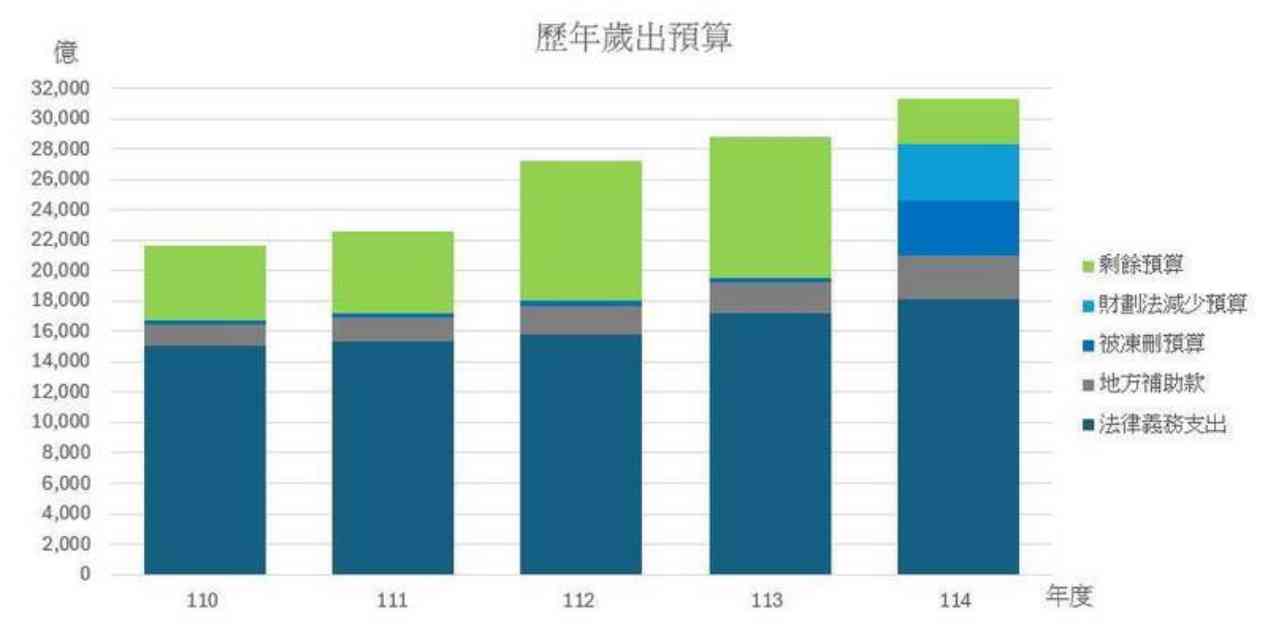**Amended Financial Planning Law Could Paralyze Central Government: A Closer Look**
In a recent online battle of words, the opposition parties have slashed the total budget of the central government, passing an amendment to the Financial Planning Law that could severely hinder the administrative operations of various departments. A stark reminder of the severity of the situation came in the form of a chart created by a concerned netizen.
The chart, shared on social media, paints a grim picture of the remaining budget for the current fiscal year. With the total central budget standing at 3.1325 trillion NT dollars, after deducting non-negotiable mandatory expenditures of over 1.8 trillion NT dollars and subsidies to local governments totaling over 290 billion NT dollars, only around 1 trillion NT dollars remain for discretionary spending. However, after the Legislative Yuan froze and cut 357.5 billion NT dollars from this sum, the available budget now stands at 670 billion NT dollars. When factoring in the recently passed amendment to the Financial Planning Law, which will further reduce the budget by 375.3 billion NT dollars, the final annual budget will be less than 300 billion NT dollars.
Comparing the central government’s annual budget over the past five years, the netizen expressed concern over the meager remaining amount for the current year, highlighting the significant portion that has been slashed by the Legislative Yuan. The netizen’s chart serves as a poignant visual representation of the potential paralysis facing the central government due to budget cuts.
This situation has sparked heated debates online, with the opposition parties focusing solely on the controversies surrounding the total budget while intentionally overlooking the grave implications of the amended Financial Planning Law. This deliberate omission aims to create a narrative of misinformation and exacerbate the information gap, as pointed out by the netizen who created the chart.
It is clear from this comparison chart that the budget cuts could have far-reaching consequences, potentially crippling the functioning of the central government. As the political landscape continues to evolve, the impact of these amendments on the government’s ability to carry out its duties remains a pressing concern for all stakeholders involved.












